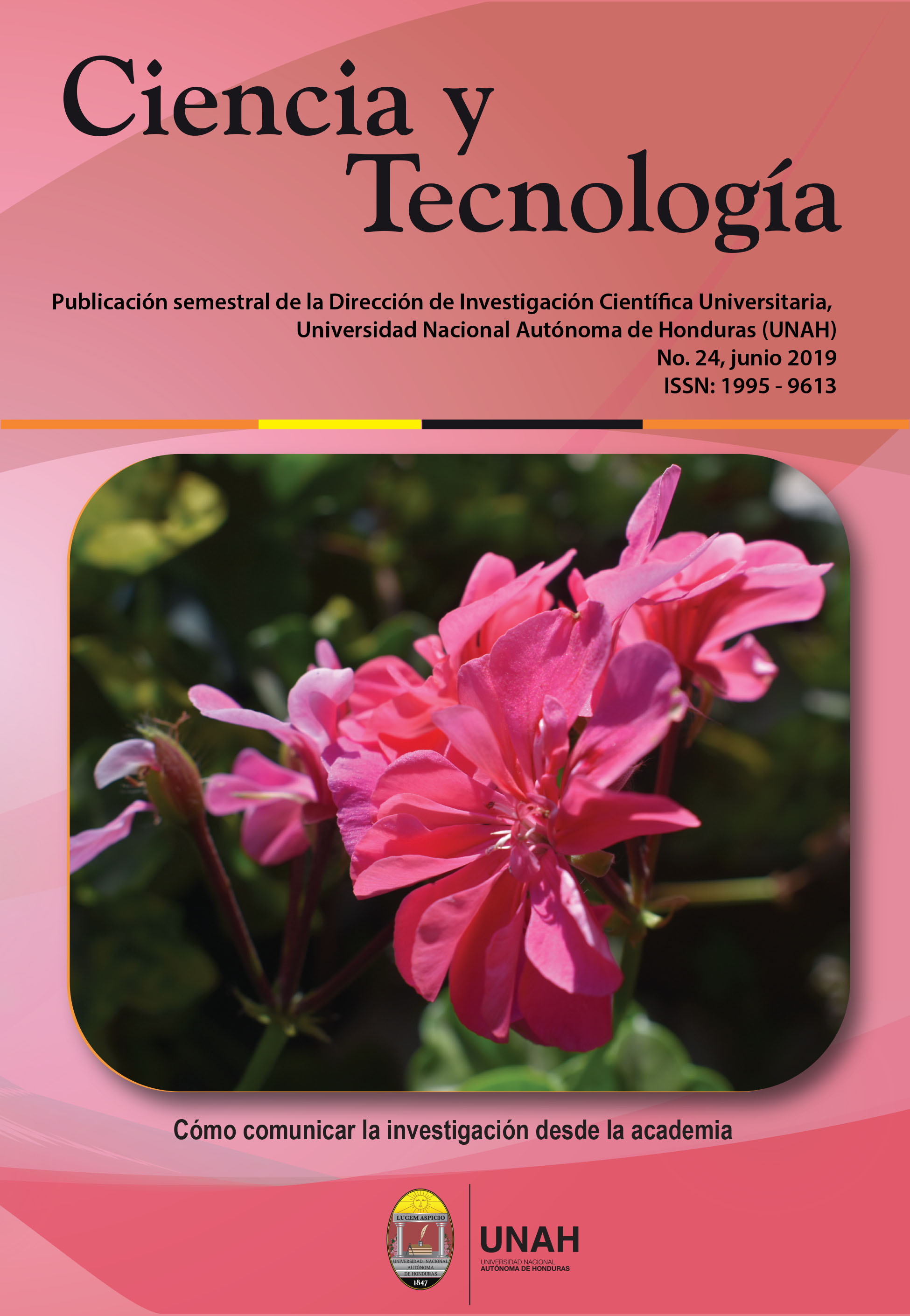Comparison of two diets in the adaptability to captivity of neonates of olive ridley turtles in Choluteca, Honduras
DOI:
https://doi.org/10.5377/rct.v0i24.7874Keywords:
neonates, turtles, adaptability, curved carapace lengthAbstract
In Honduras since the year 1974, actions were taken to help preserve the Turtle Ridley Lepidochelys olivacea in the Gulf of Fonseca with the installation of turtle camps, but when releasing in the neonatal phase the survival rate is low. The objective was to compare the adaptability, growth, and survival of newborn fed a commercial diet for tilapia and one with meager meat for 35 days in captivity. The study was carried out in the humid laboratory of the CURLP, were collected 12 newborns of the beach of Punta Raton with average weight of 17 g, these were distributed in six vessels of 0.22 m3 and maintained with filtered seawater, were managed as treatments the feeding of fresh meagre meat and tilapia formulated food to 35% crude protein for 35 days, three replicas of each treatment were made. Adaptability, weight growth, and curved length of carapacho (LCC) were assessed. The newborns showed an adaptation to captivity and were not influenced by the type of food supplied, likewise no statistical differences were found in the weekly and final growths in weight and LCC in infants. At the end of the experiment, 100% of survival was achieved in the two treatments. The tilapia diet can be used to feed turtle hatchlings because of their nutritional composition and may be an option for accessibility and cost, as well as its use for the growth of captive infants.
Downloads
1642
Downloads
Published
How to Cite
Issue
Section
License
© Revista Ciencia y Tecnología
Authors who publish in this journal accept the following conditions: In accordance with the legislation of copyright, Revista Ciencia y Tecnología, recognizes and respects the moral right of authors, as well as the ownership of the patrimonial right, which will be ceded to the magazine for its diffusion in open access in printed version and in digital format. By being part of multiple indexers, databases and reference systems, the articles published by Revista Ciencia y Tecnología will be visible and will be downloaded from these websites, indicating, in all cases, the authorship of the articles, the date of publication and the number of the journal to which they correspond.




